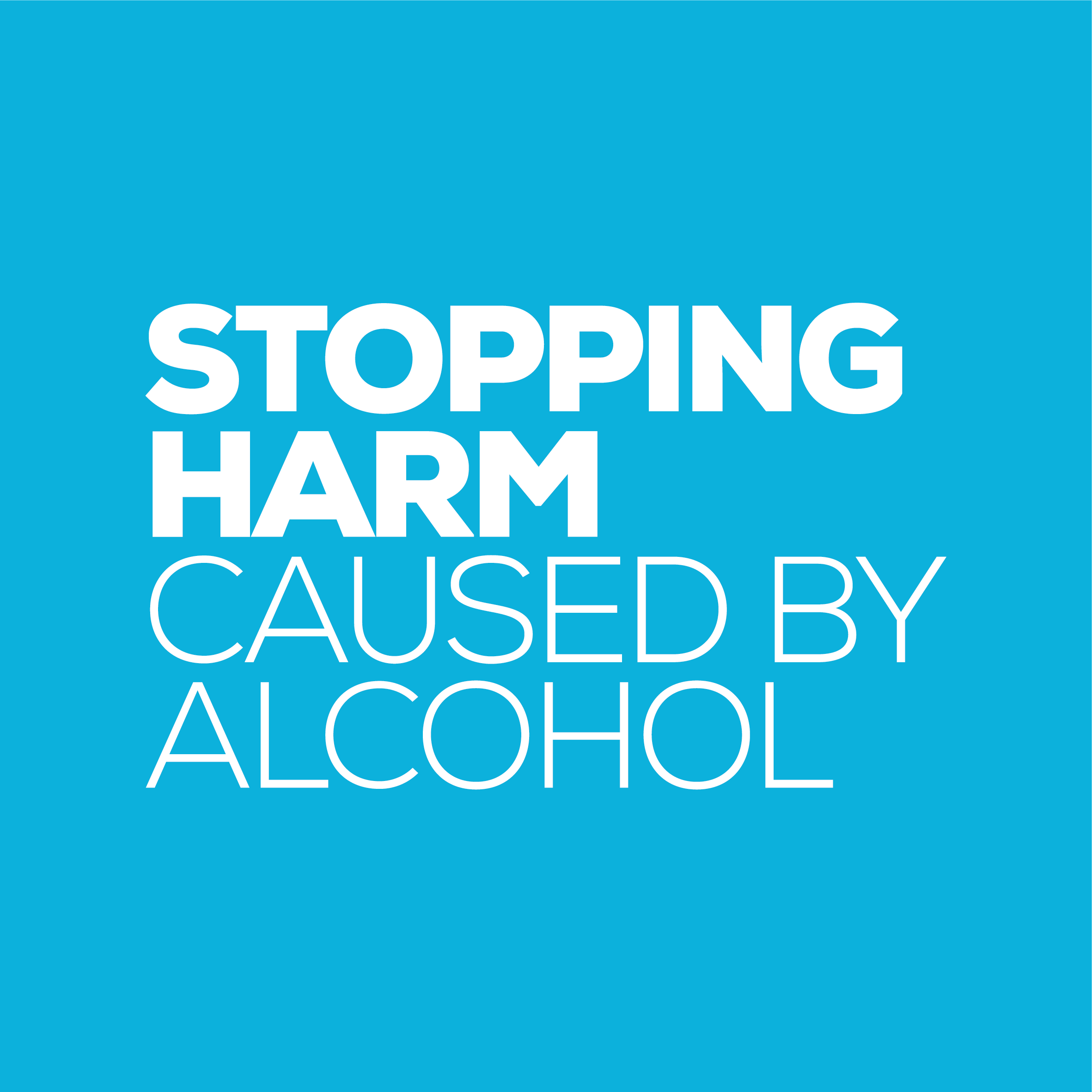According to a 2010 Roy Morgan report, people who consume more than three drinks a day account for more than half of all alcohol sales. That fact sometimes makes me pause when I’m at a liquor store. Looking across the shelves of Boags, Bundy and Bordeaux, it’s striking to think that half the contents of the store will be drunk by people who exceed the Australian Guidelines for safe alcohol consumption.
Australia has always had a complex relationship with alcohol. In the early colony, rum was so pervasive that in some circles it came to be used as currency. For Indigenous Australians, part of the damage done by white settlers was plentiful grog. As Paul Keating said in his 1992 ‘Redfern Park’ speech, ‘We took the traditional lands and smashed the traditional way of life. We brought the disasters. The alcohol.’
Yet for many Australians, alcohol is not a harmful part of everyday life. Unlike moderate smokers, the available health research does not suggest that moderate drinkers are damaging themselves. On Sunday night, I sat on my couch with an embargoed copy of FARE’s report in one hand, and a beer in the other. I did not feel like a hypocrite.
There are many fascinating facts in this provocative and engaging report. Australians are more likely to consume wine than beer. Sixteen percent of drinkers consume six or more standard drinks on a typical occasion (up from 12 percent in 2010). The same share (and hopefully many of the same people) say that someone they know has expressed concern over their drinking. The rich drink more than the poor (the opposite pattern that we see with smoking).
A worrying part of the survey is the part that tests our knowledge of the alcohol guidelines. Eighty-one percent of drinkers either did not know or underestimated the number of standard drinks in a bottle of wine. In fact, the typical bottle of wine contains 7.7 standard drinks, but the average drinker estimated that it contained just 5.9 drinks. Translated to blood alcohol limits, this implies that a person who thought she was at 0.04 percent would actually be over the legal limit – which is 0.05 percent for regular drivers.
In terms of the harms done by alcohol, it is positive to see that a large majority of people are aware of the risks that drinking poses to people under 18, to pregnant women, and to women who are breastfeeding. Yet 14 percent of respondents said that they had been the victim of alcohol-related violence. It would be valuable to see more analysis of this group, given that violence is one of the greatest social harms caused by alcohol.
Finally, I would like to see future FARE reports also ask about the benefits of alcohol consumption. As policymakers, our challenge is to do as much as we can to discourage harmful drinking while doing as little as we can to impede adults who enjoy a moderate tipple. I hope that in future years, FARE can do even more to help us get the balance right.
Andrew Leigh is the federal member for Fraser, and his website is www.andrewleigh.com








Add comment